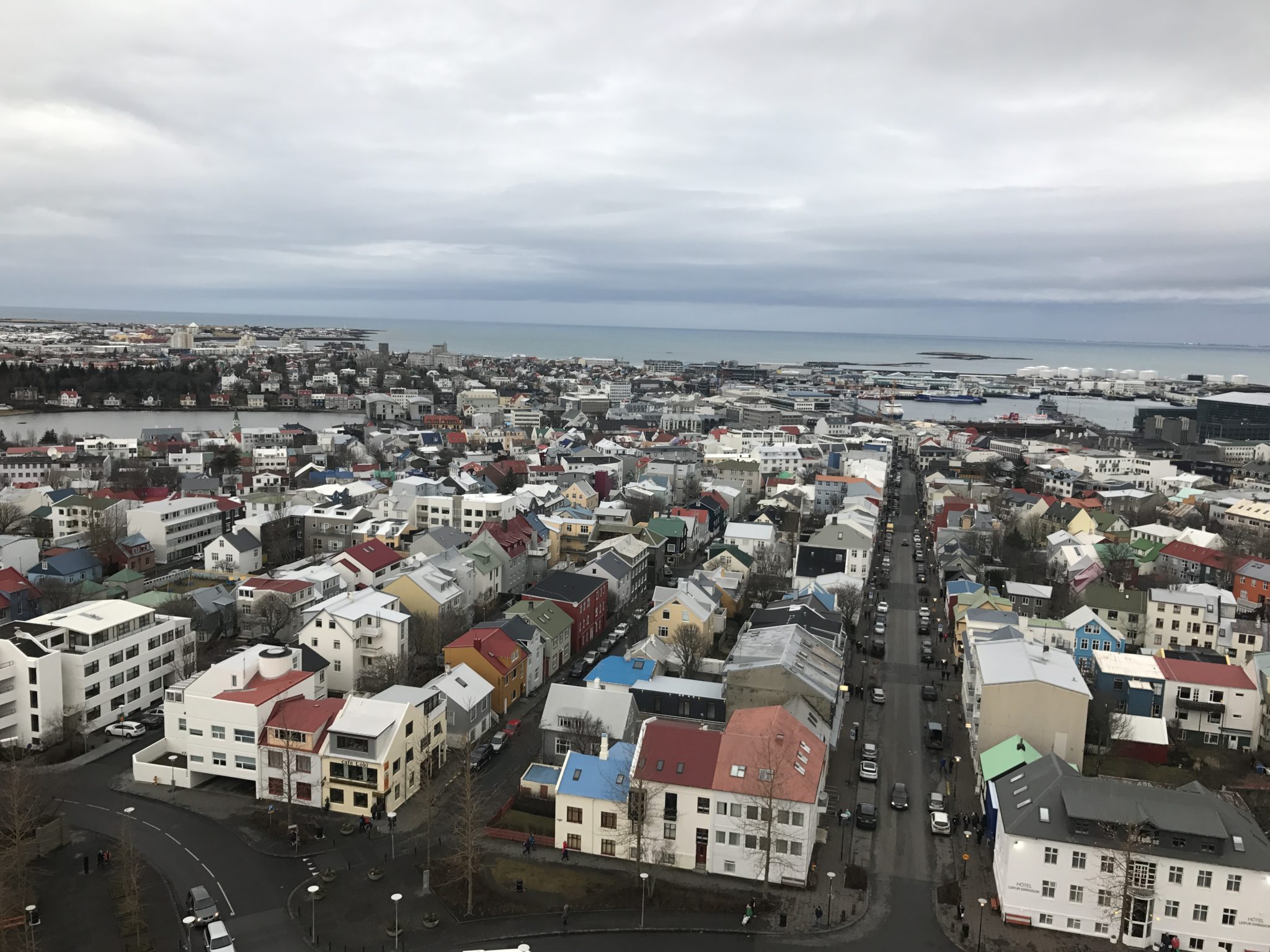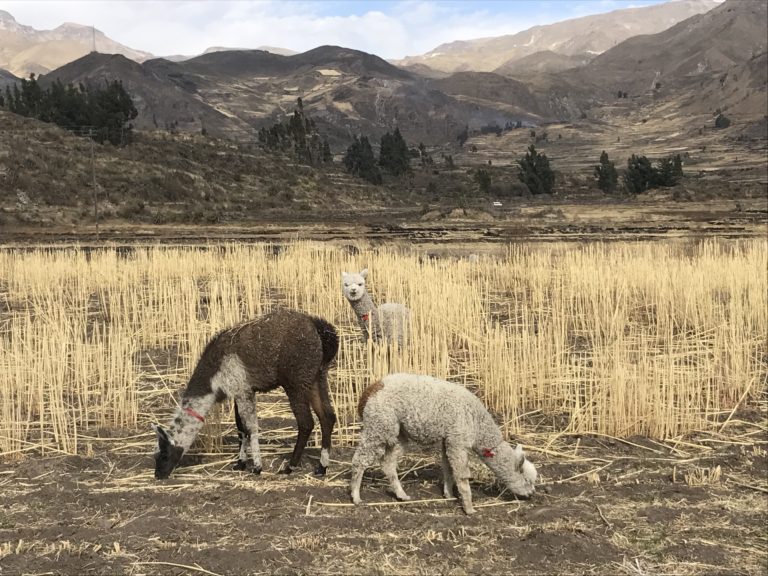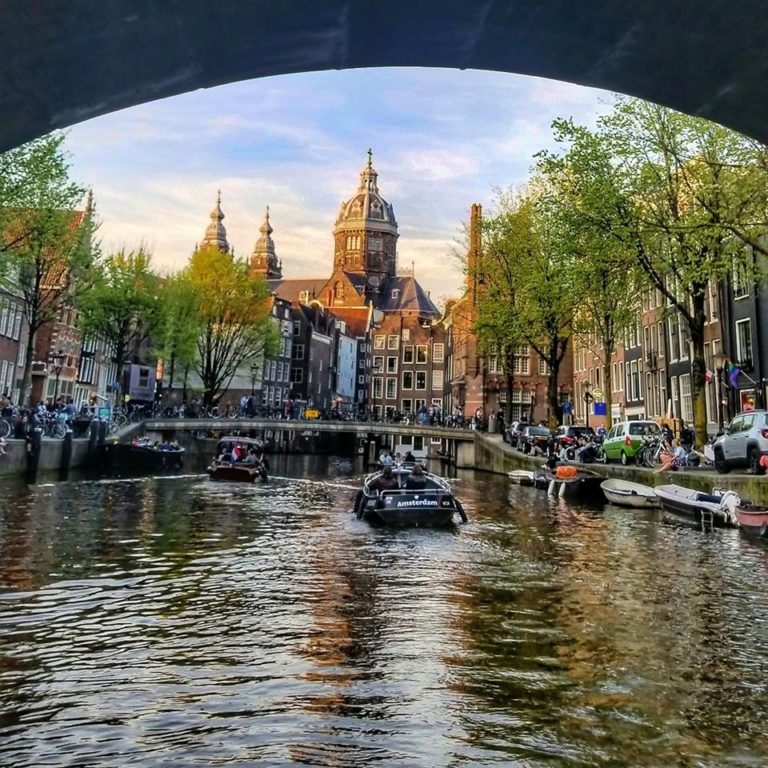Ugh, packing. Everyone’s Our least favorite part of traveling. And packing for a cold weather destination is even more daunting! Plus, it’s way harder when you live in Florida and don’t have easy access to regular cold weather layers. Oh hey Amazon Prime (insert waving hand emoji). Also, the concept of layering for those who’ve never done it can be quite tricky. To give you a base to start from (our cold weather readers, that was a cute little pun just for you), here are some basics on what each layer looks like, plus some examples of what to pack:
*Note- We went to Iceland in February, so these are winter months packing tips!
Top Half:
Base layer – long underwear also known as thermals. Note: there are different thicknesses available, so check the package, as most will tell you the temperature they are rated for. This also requires a little research on your end in knowing what the average temperatures will be where you’re visiting. While we don’t have a brand we feel like you have to buy, you definitely shouldn’t feel it necessary to spend outrageous money on the base layer if it’s not something you will use regularly. This stuff can get pricey fast! We would recommend something like this or this But there are endless possibilities. Head to Backcountry and look specifically at their base layer section for ideas as well. We are not affiliated with them, but have ordered things from their site and they are a great resource!

Mid layer – long sleeve T- Shirt or just a regular T-Shirt. This layer can be the most “confusing” in the sense that there are many different types of shirts that would work. Essentially think about it this way: your base layer is most likely not cute. Tragic obviously. So if you were to take off your coat, what would you want to see? Probs something cute. And you want to be able to add or remove as needed, so it shouldn’t be something as thick as a sweater-this would go under a sweater. Makes perfect sense, right? We generally wore a “workout” type top, over our base-layer. Or just a regular cotton long sleeve shirt. Check this out for an example. We wore a lot of the Columbia brand and were really happy.
Outer layer – Wait, there is another layer? Yes! This is where you get to strut your stuff rocking the cutest fleece/sweater/vest you can find. Maybe it’s even a sweater vest… You’ll want this layer to be large enough to fit other layers under it (remember our base and mid layers from earlier), but there are endless possibilities on what it can be. Typically for us it was a fleece or some kind or a vest. To clarify, not a sweater vest. This type of “coat/fleece” would be really versatile and could be worn as a jacket in many temperatures.
Warmest layer – This might be the most important layer and where it makes the most sense to spend some cash. A good coat that’s waterproof and wind resistant with a hood is strongly suggested. It can go from sunny, to raining, to snowing, to sunny within an hour. Oh and it’s windy in Iceland, so you definitely need something that bills itself as wind proof or resistant! Here’s something we found on Backcountry, but just check the specs for that waterproof/windproof wording!

Another thing to keep in mind is that some days it may not be necessary to wear all these layers in addition to a coat. But it’s better to be prepared since the weather in Iceland is somewhat moody!
Now for the bottom half, since you can’t run around without pants on…well maybe you could, but we don’t recommend it! Keep in mind the concepts from above as they will apply here as well.
Bottom Half:
Base Layer – long underwear also known as thermals. Same rules as above in terms of different thicknesses available. You can also think about if one part of your body gets colder than another. For some of us, our legs get way colder than our upper body, so we might opt for a thicker bottom base layer. These are mid-weight and come in a variety of colors.
Mid layer – Fleece lined leggings or just leggings. Either way, you’ll want to be able to wear your base layer under them. Sometimes we wore just our long underwear and fleece lined leggings (they were like running tights lined with fleece) which worked great!
Outer layer – This could be jeans, cords or our favorite adventure pants. To be honest, we brought jeans, wore them once and wish we hadn’t even brought them. They don’t do amazingly well in wet cold and it wasn’t worth the space they took up. If you haven’t heard us talk about adventure pants before, shame on you! We are obsessed. They are essentially hiking pants that are stretchy, sometimes can convert into capris, have pockets and come in a myriad of colors. We have dubbed them adventure pants, and tend to recommend them for a lot of outdoor activities since they are so comfortable, semi-water proof and really easy to layer underneath! Here are all the styles Columbia offers. We don’t get anything from them for saying this, we are just THAT obsessed with these pants! They also work on all different body types – how cool is that?!

Extra outer layer – If you know you’ll be gallivanting around in snow, or if it’s supposed to be really cold, snow pants are a great outer layer. They are waterproof, insulated and just fun-spoken like a true Floridian! Keep in mind when purchasing, buy at least one to two sizes up! You’ll need to do this in order to fit other layers underneath! Otherwise, they wouldn’t be super comfy to wear all day. Also know that we ended up not wearing these at all on our trip. But hey, you do you.
Feet:
Socks – Obviously. But specifically, smart wool socks or some kind of insulated sock with some cushion. You’ll thank us later. We have these and love them.
Toe warmers – they stick right to your socks and warm up in about 20 minutes. It’s like a personal foot furnace. They don’t stay warm as long as hand warmers, so if you know you’ll be out all day, you might want two sets per-day. Grab some here.
Good boots – You’ll absolutely want something waterproof. Fun fact, snow when it melts is water! For this trip, we brought both snow and hiking boots. Our snow boots we ended up wearing more because they were cuter to be honest. But we got super lucky with weather and it wasn’t actually that cold when we visited. You’ll want something with a good grip on it though, lots of uneven terrain in Iceland! Pro Tip: Order your boots at least a half size bigger if not a full size. You’re trying to cram thick socks in them and it’s not fun to end up with squished toes! Do a full test of socks with the boots before you commit to keeping them to make sure they are comfy. Buying boots in Iceland would not be cheap.
Hands:
Gloves – So shocking, but not all gloves are created equal. Get some thinner ones for warmer days and thicker for when it’s cold. They do also make glove liners as well if you are concerned your hands will be cold. Keep in mind it can be any kind of weather, so something waterproof/resistant is a good idea. Wind and rain cut through fleece like a knife!
Hand warmers – These are the greatest invention of all time. Okay a slight exaggeration, but having them on hand (badum, bum), is a no brainer! Pop one in each pocket and not only is it a little oven for your hands, but likely the heat will radiate into your jacket and make it feel like it just came out of the dryer. You can also put one in each glove. Pro Tip: If your coat has an interior pocket, you can put one in there as well to keep your body nice and toasty! They also do last for a full day, so you won’t need more than one set a day.
Head:
Hat – Even if your coat has a hood, we highly recommend a fleece lined hat. Keep in mind, not all beanies are created equal. a rule of thumb is if they aren’t fleece lined, its very possible the wind will cut right through, burr. They make some super cute ones so grab a couple, or ten and toss those in as well.
Ear muffs – While we didn’t try this it could work, but you loose the most heat from your head, so it might not be the smartest idea.
Scarves:
We love a good fleece scarf, and they really are the warmest. If you do not fancy the fleece, a blanket scarf works well also. We used both and were happy to have them! But think about their colors, since you’ll see it in all of your pictures!

Hair – Ladies listen up, this next one is for you! Hair-our travel nemesis. We are going to be the first to tell you that it may not be worth actually doing your hair every day in Iceland. It’s windy, wet, cold and did we mention-windy? Plus most likely you’ll be wearing a hat every day. Don’t go outside with wet hair, but don’t feel like you need to put a lot of time and effort into it. This will vary with your hair type and how adventurous you are, but there are definitely waterfalls around every corner!
Overall Layer Summary:
For those wondering if you’d actually wear all of the layers listed above, depending on the temperature, yes. One good thing about the tours we did in Iceland was that you could have a backpack/small bag with you and leave it in the vehicle during the day. Hold on, Just have to say it out loud: we are not recommending storing anything of value in the van. Don’t do it. Anyway, we were able to remove layers if we found we didn’t need them and we didn’t have to lug everything around all day. We were also SUPER lucky with our weather. It was the warmest February they had seen in years, followed by the most snow they had seen in over 50 years the week after we left. So you just never know! Fun fact: they heat the streets/sidewalks in Reykjavik and it’s pretty nice!

When we went out at night, we wore the same “exploring clothes” that we did during the day and we were not alone in that decision. It’s very common to see people in “trekking attire” out for the evening.
And there you have it, packing for Iceland as told by a bunch of Floridians!




